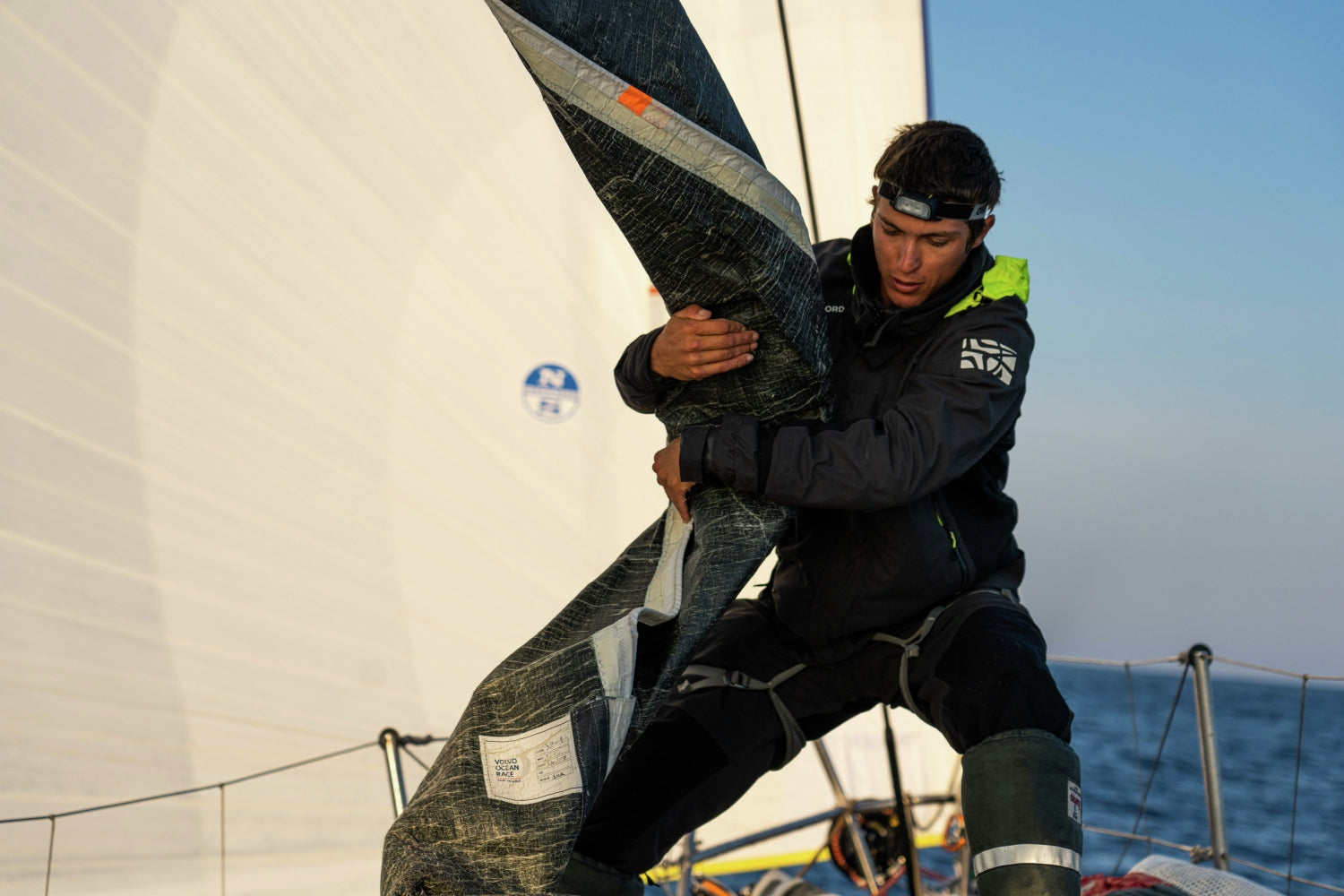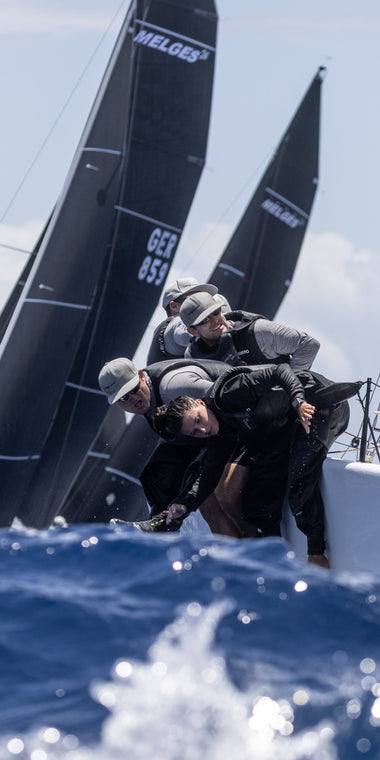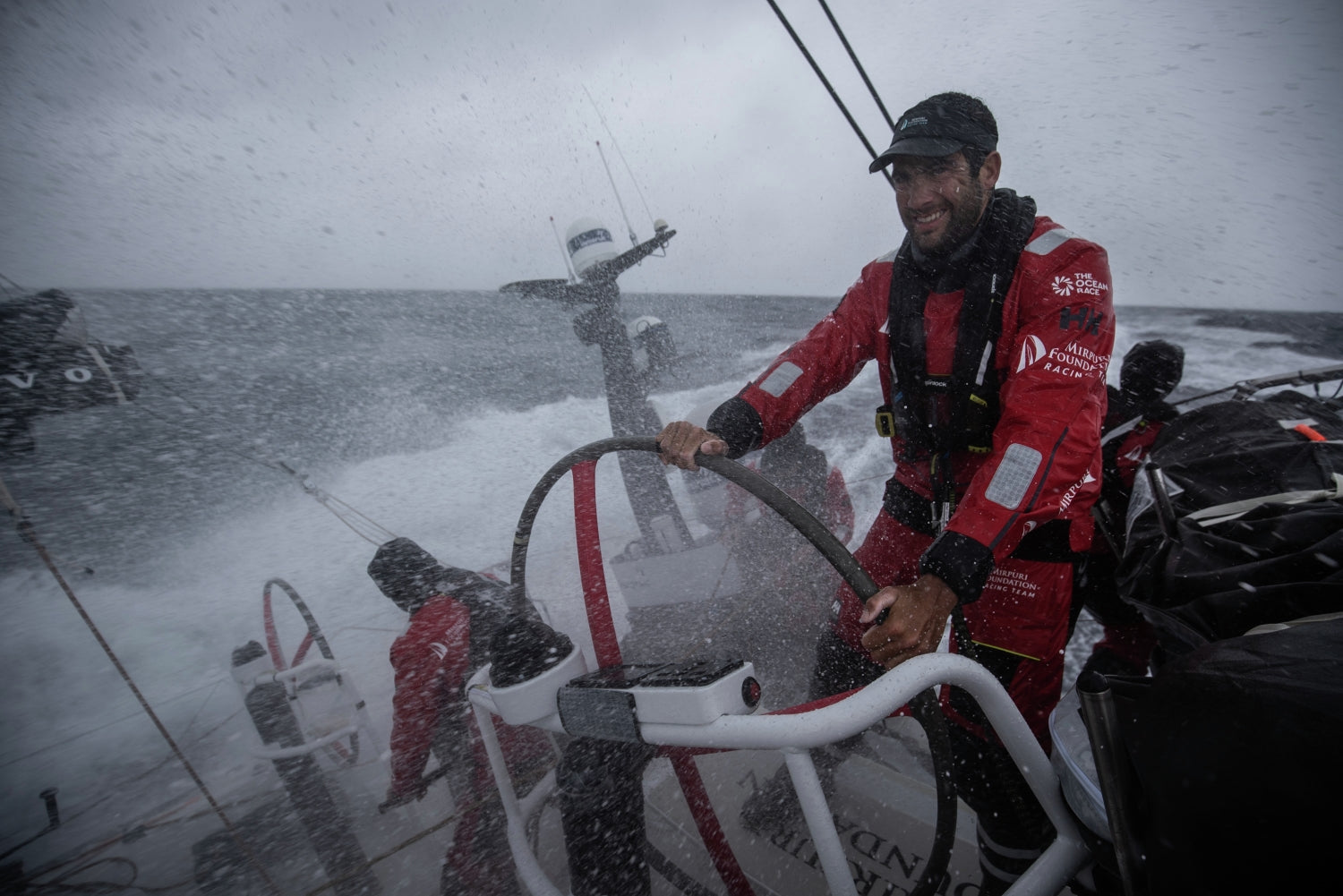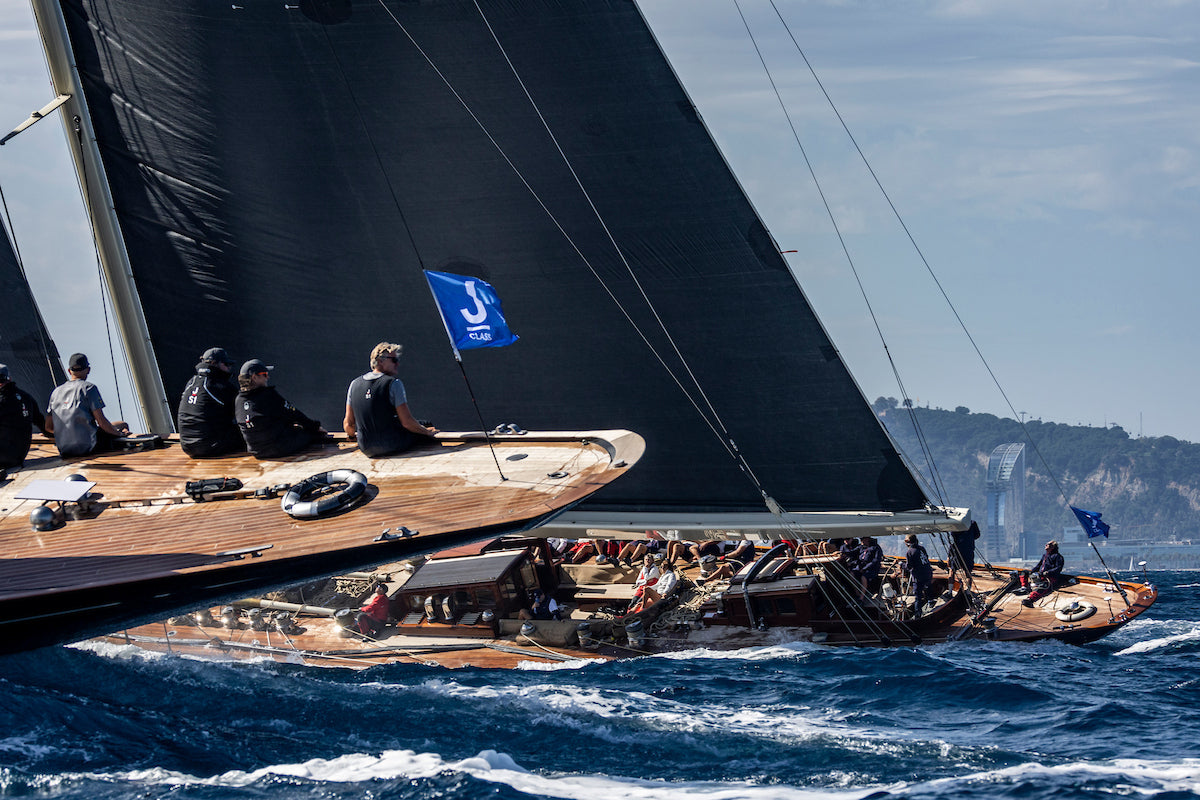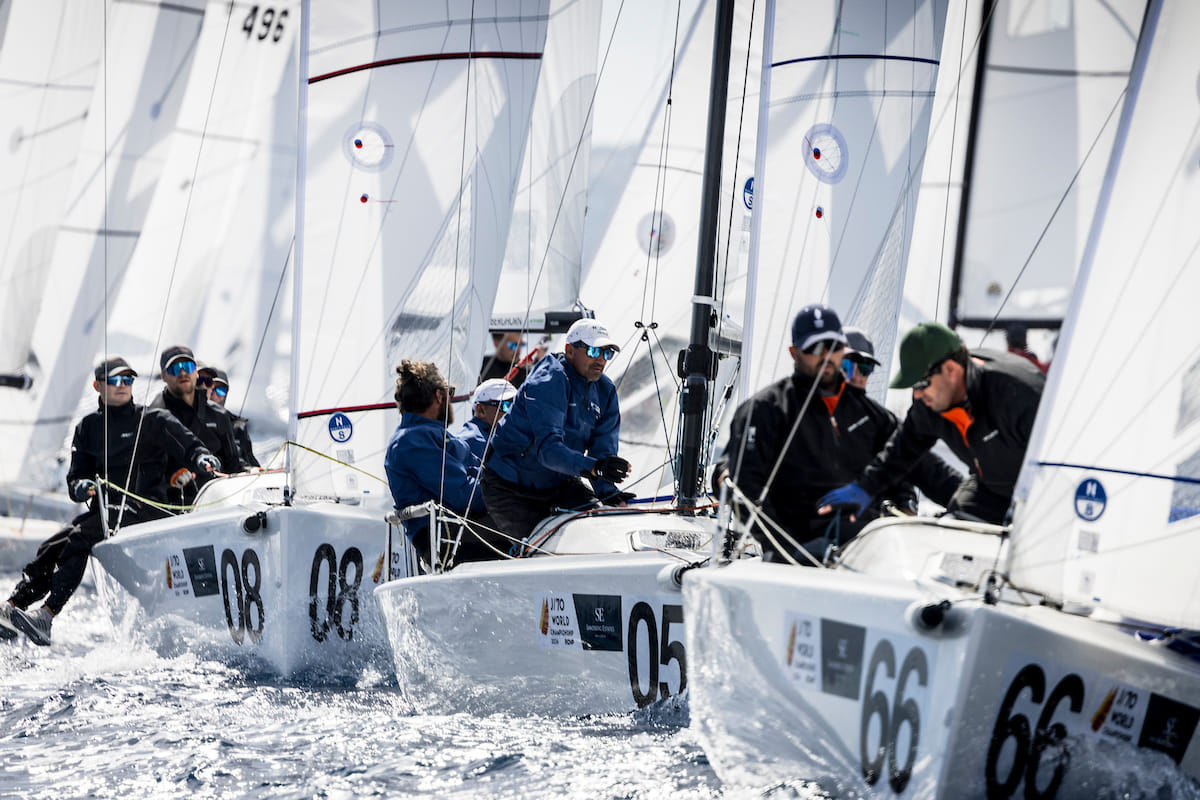THE OCEAN RACE IS JUST BEGINNING
THE OCEAN RACE IS JUST BEGINNING
This month-long sprint provided a glimpse into the new two-class format, and we can’t wait for the around-the-world race to start in October 2022

It is officially the end of the Ocean Race Europe– a really fun event that I think brought a lot of enthusiasm back after quite a long absence for obvious reasons.
So what did we learn? First of all, racing in the Volvo 65s is still incredibly intense and fun to watch– not to mention really hard. Overall, the teams clearly used this event as a trial-run for crews and strategy. They also started their long-term planning of how they want to put their programs together for The Ocean Race that starts in October 2022. It’s really an amazing opportunity if you think about it because all of these teams had many new faces onboard. This summer’s experience will prove to be invaluable. There’s nothing like learning about yourself and your teammates in tough situations and under racing conditions.
In the 65s, we also learned that new sails are faster than old sails. The A4 was clearly a big hit on all the boats that had them, which was all but one. Race winner, Mirpuri Foundation Sailing Team, was the only team with a new sailing inventory, and of course they practiced a lot before the event started. Congratulations to skipper Yoann Richomme and their entire team; well done on starting to gain some enthusiasm and some momentum for the actual Ocean Race. You can be sure the rest of the fleet will be gunning for you when you meet again.
As for the IMOCAs, that fleet was fascinating to watch. We learned that boats designed to reach and go down wind, offshore, and around big weather systems, may not be the best boats for light air, short-tacking, or light air jibing down coastlines. A few times, you would see the boats get into a situation where they could start to light it up and hit their best best angle, but probably not often enough for their liking. I’m guessing it’s quite frustrating to sail the boats in sprint-sailing conditions because they’re not made for that whatsoever. Nonetheless, hopefully more people took notice in the IMOCA class, and it will help build a new fan-base and possibly attract new entries for their class representation in just over a year.
Finally, the two class fleet is really effective. It’s reminiscent of the Whitbread days when there were the 60s and the Maxis. As they say, every dog will have their day. And in the light air weird conditions, clearly the 65s were a little bit better all around boats. But look out, when the IMOCAs get out in the ocean and get into their ideal conditions, they could be literally going 10 knots faster at certain times. How much fun will that be to watch for all of us fans sitting on the sideline?
Congratulations and thank you to The Ocean Race for putting together The Ocean Race Europe as a prelude to the big event. I know with CoVid-19 restrictions added a layer of logical-complexity, but we all applaud the fact that sailors are getting back out there and that regatta organizers are working hard to get it all done.
